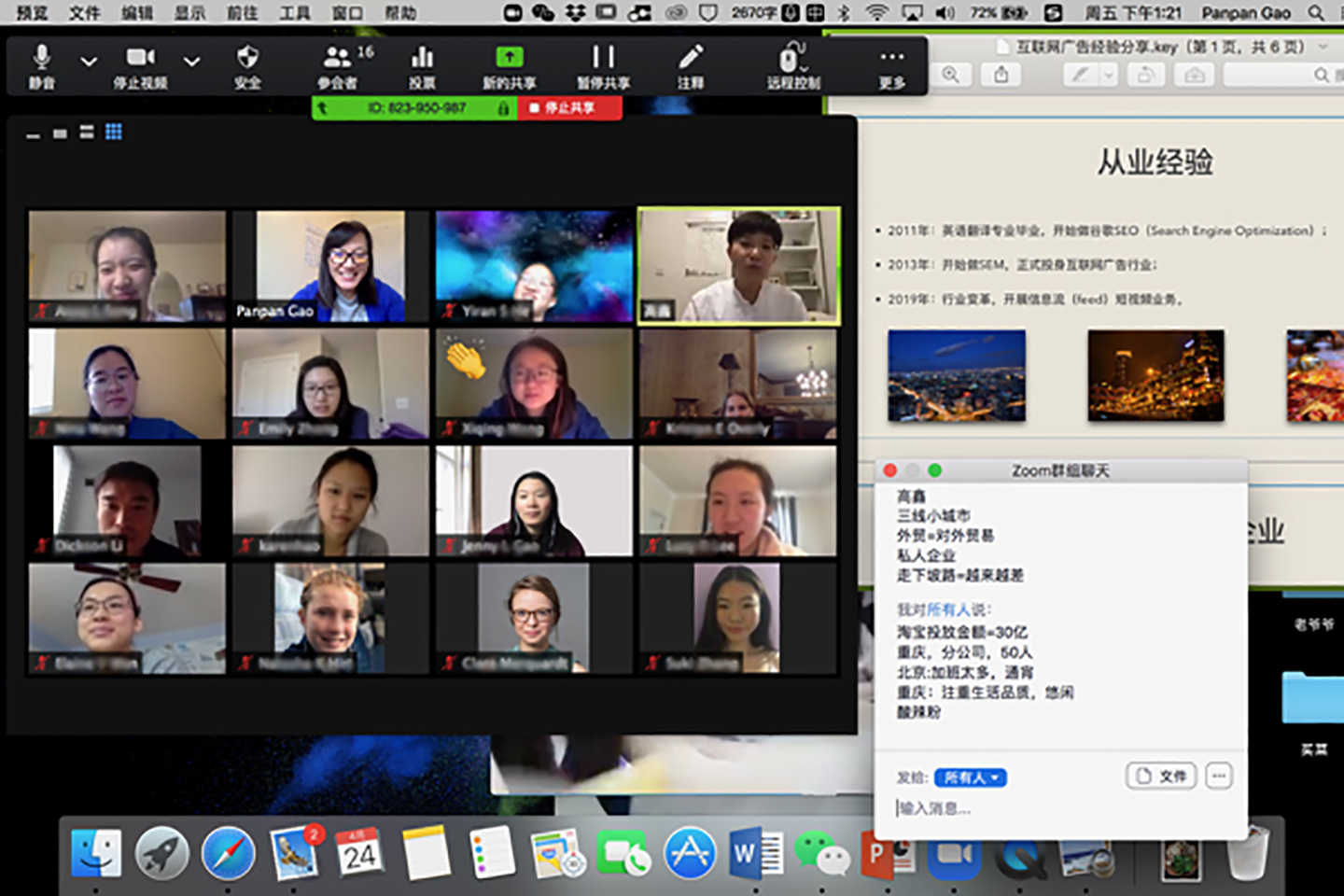
Just now, when it’s possible to feel “trapped” indoors, is a perfect time for language teachers to connect students to real life in a foreign country.
I invited two guest speakers to my Business Chinese class class. Speaking via videoconferencing (one from Beijing, and one from Cambridge, MA), the guests shared their authentic experiences working in some of the China-centered businesses we had previously discussed in class. This gave students a chance to use their business vocabulary, and enriched their understanding of the real business world in China. It also gave them insight into how they might use their language skills in their future careers.
One sutdent commented later, that the guest “added definition and depth to the ‘China’ I thought I knew through the little details she provided about her life.”
The virtual classroom setting can expand the boundaries of communication and bring new possibilities for keeping students engaged and helping them relate their learning to real life.
One student’s reaction to the excercise was that it demonstrated “a more fluid, dynamic learning environment” that was welcome.
Panpan Gao graduated from Beijing Language and Culture University with a master’s degree in applied Chinese linguistics with a focus on pedagogy for Chinese as a second language. She has been teaching Chinese language at the university level since 2010. Prior to coming to MIT, she taught at Harvard University. In addition to teaching, she has also been involved in textbook writing and teacher training for an intensive language summer program
